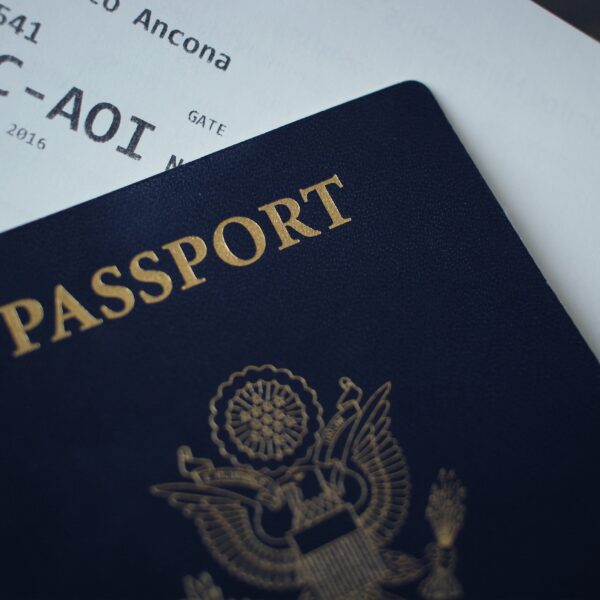ARP4761A is a sophisticated set of guidelines and protocols designed to ensure aircraft safety. It’s also a robust set of systems designed to assess ongoing developments in the domain. Essentially, ARP4761A was created to reduce the risk of air transportation by aligning international standards with high quality safety protocols.
The development of software and hardware in the domain of avionics safety is also important to understand. ARP4761A is a comprehensive set of guidelines in the area of individual components within the flight format. Every aspect of air travel and transportation domains are covered within ARP4761A’s extensive set of regulations.
Introduction to ARP4761A
Safety is one of the most important aspects of air travel and avionics. Especially since air travel and its logistics have risen in demand, safety has become increasingly important. This is where an evolving set of documents, such as ARP4761, helps airlines to remain compliant with the best practices.
The SAE ARP4761 CCA is a particularly important safety program. It is crucial because it directly deals with catastrophic and hazardous failure conditions. Three distinct areas of the study are covered within the guidelines to ensure that no external or internal parameter could jeopardize the system.
Optimizing aircraft safety
Aircraft safety is greatly optimized through the impact of analysis, architecture, monitoring, and maintenance. ARP4761A lays out an extensive set of guidelines in each critical area, to create greater value within the safety domain. By having a thorough set of guidelines under ARP4761A, airlines can remain compliant with international safety standards.
ARP4761A is inherently coupled with ARP4754A to provide a more comprehensive framework for airline safety. Both FAA certification and EASA certification require a thorough understanding of both protocols, which leverages the guidelines for safety optimization.
Methods covered under ARP4761A
The fundamental aspects of regulation and safety are covered within ARP4761A. It details the essentials of avionics and the development of the ecosystem. It’s a critical tool used in safety protocol formation, and in general regulations regarding avionics and air travel.
There are certain key methods covered under ARP4761A, which allow for greater compliance and regular checking. Under the set of regulations, the ARP4761A compliant Aircraft Functional Hazard Assessment (FHA) and ARP4761A compliant Aircraft Fault Tree Analysis (FTAs) are two of the more critical assessments.
ARP4761 Common Cause Analysis
Common cause analysis is one of the most important aspects covered under ARP4761A. There is a level of acceptance of certain probabilities and events that may occur, which is why planning for them is key. As multiple systems interact with one another, it’s important to analyze the impact of their influence.
Common cause analysis also provides results that can be leveraged back into the guidelines for increased optimization. Environmental risk assessments and zonal safety regulations can be strengthened with the results obtained.
ARP4761 Zonal Safety Analysis (ZSA)
Under the ZSA assessment protocol, firms can check every system and the equipment installed within those systems to ensure safety compliance. Areas such as design, installation, interference, etc. need to be analyzed and studied carefully within the assessment.
ARP4761 Particular Risks Analysis (PRA)
Risks that may emerge outside of the control of the airline may be assessed under the PRA. Each risk should be assessed individually, as the protocol is designed to maximize utility. Simultaneous and cascading events should also be covered within the extensive set of guidelines designed under PRA.
ARP4761 Common Mode Analysis (CMA)
The CMA is leveraged to ensure that the combinatorial events in the FTA are truly independent of actual implementation. It’s an important set of guidelines that cover the aggregated impact of individual forces.
Image Credits: William Hook




Like this article? Share with your friends!